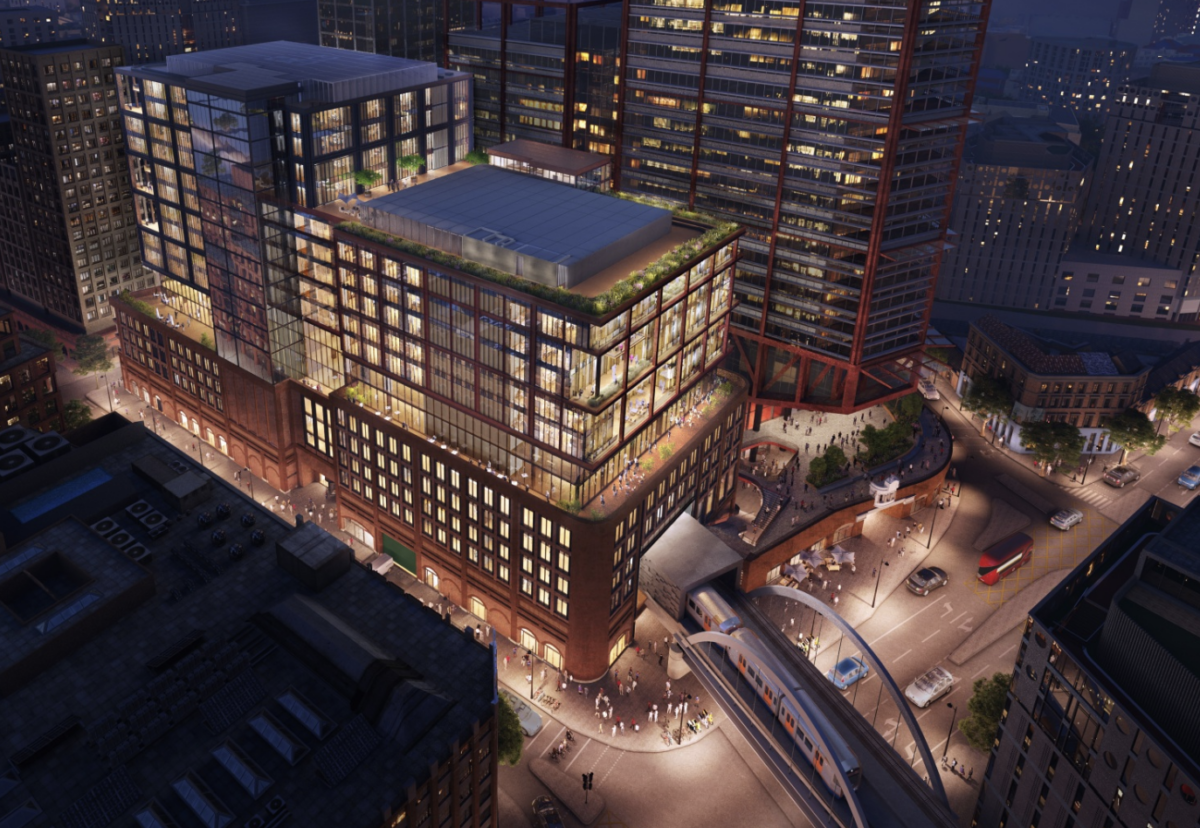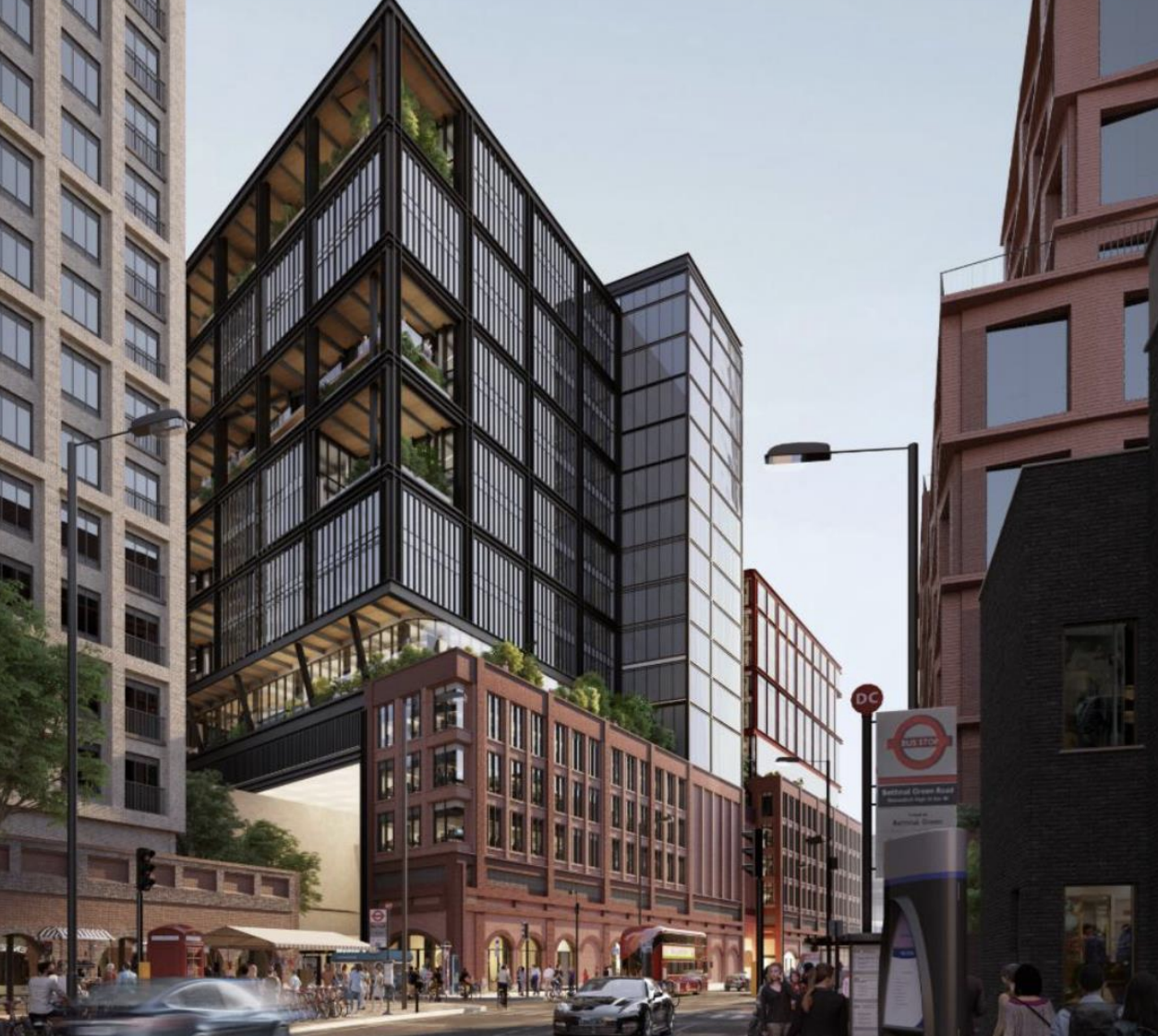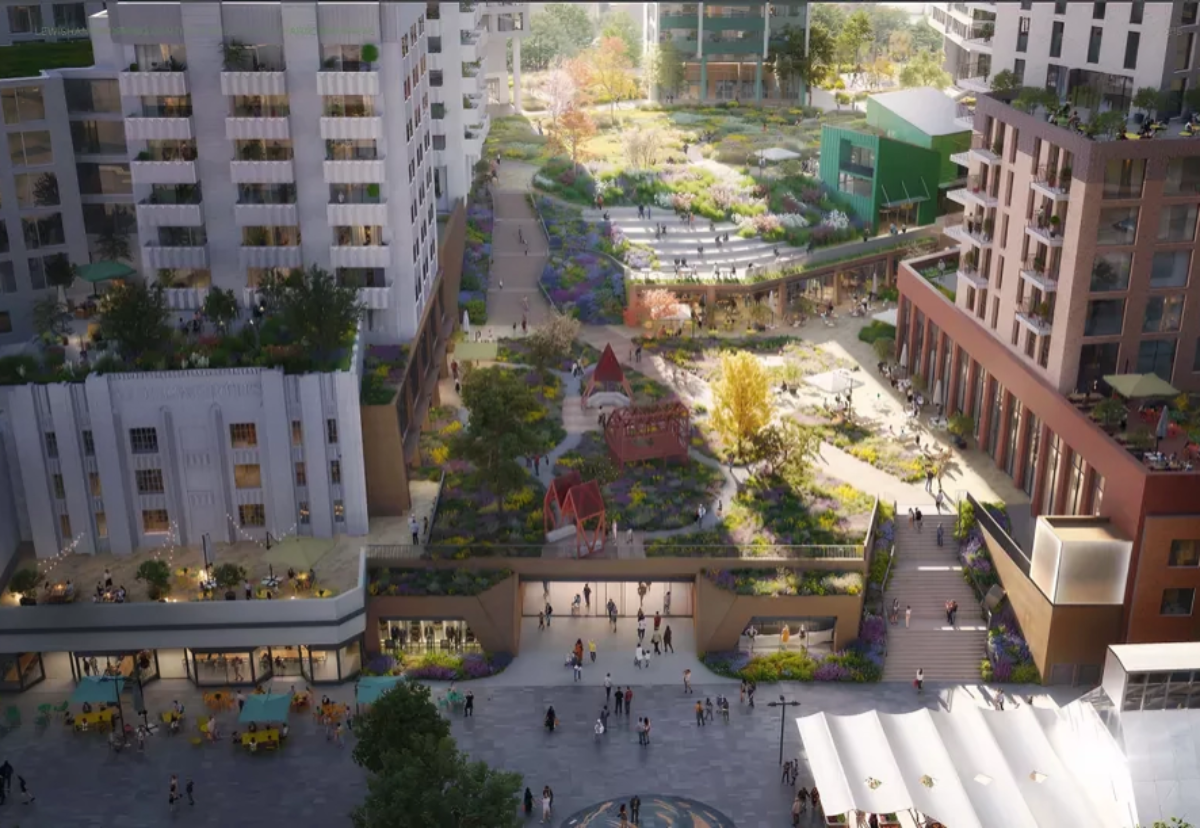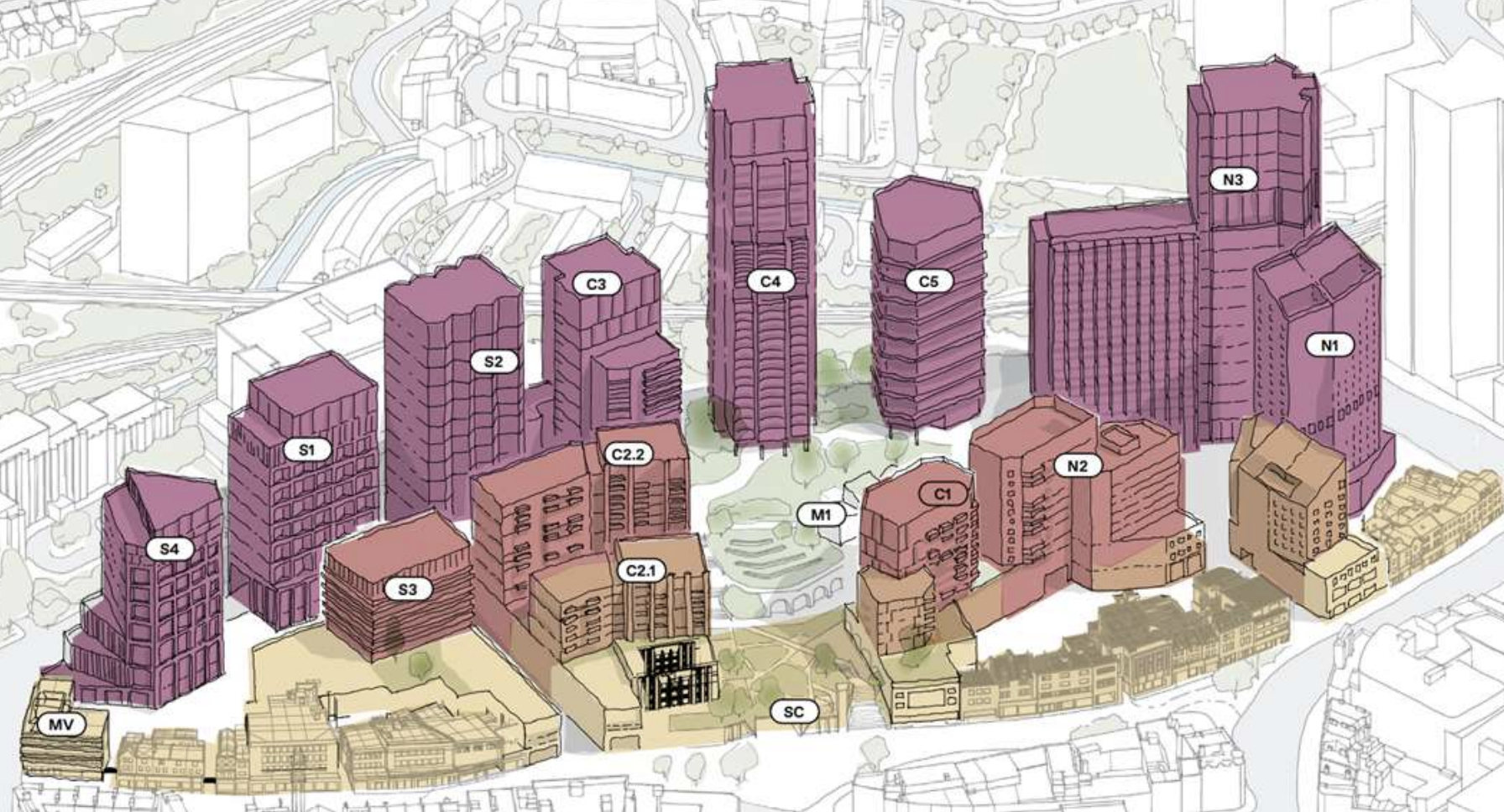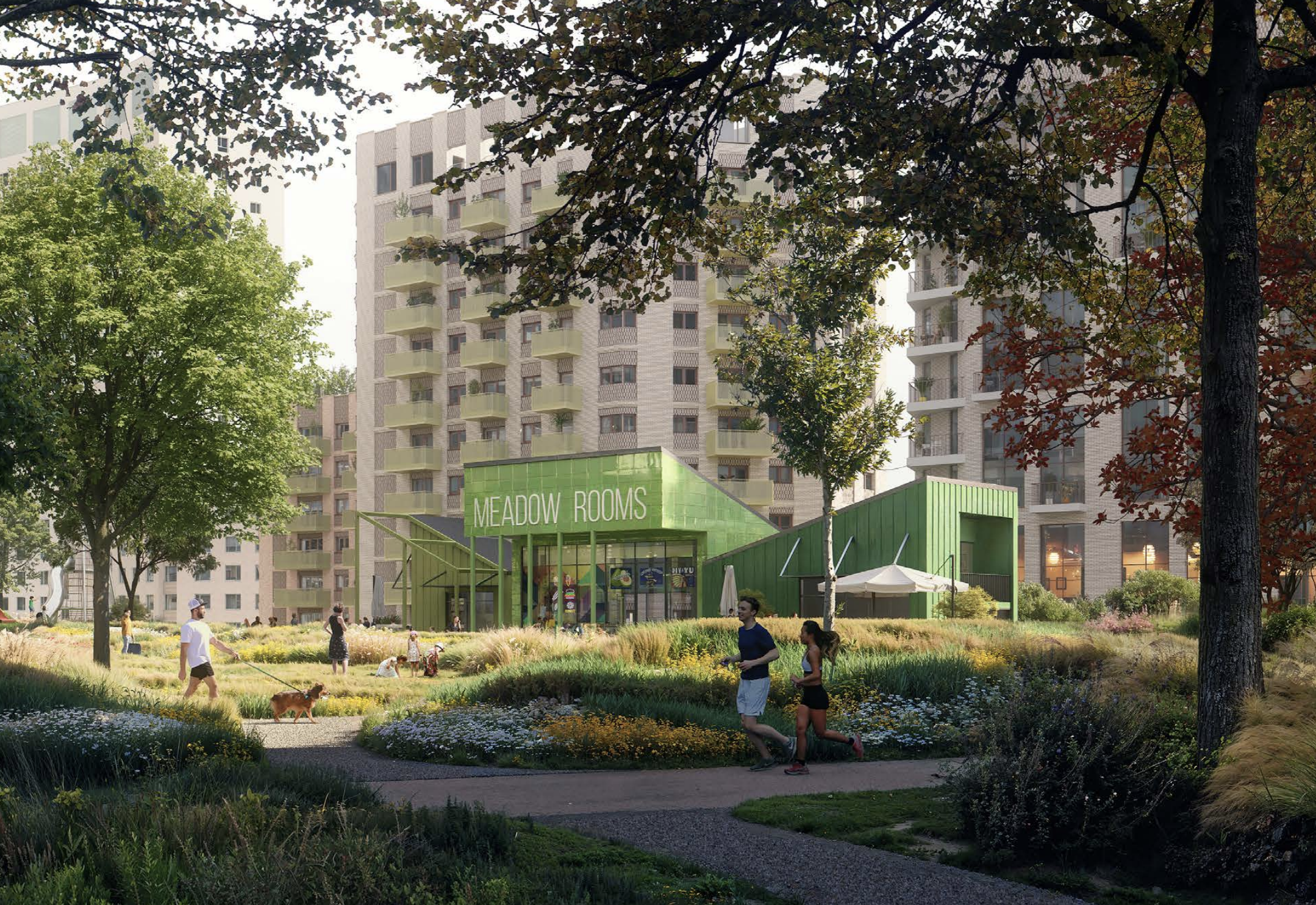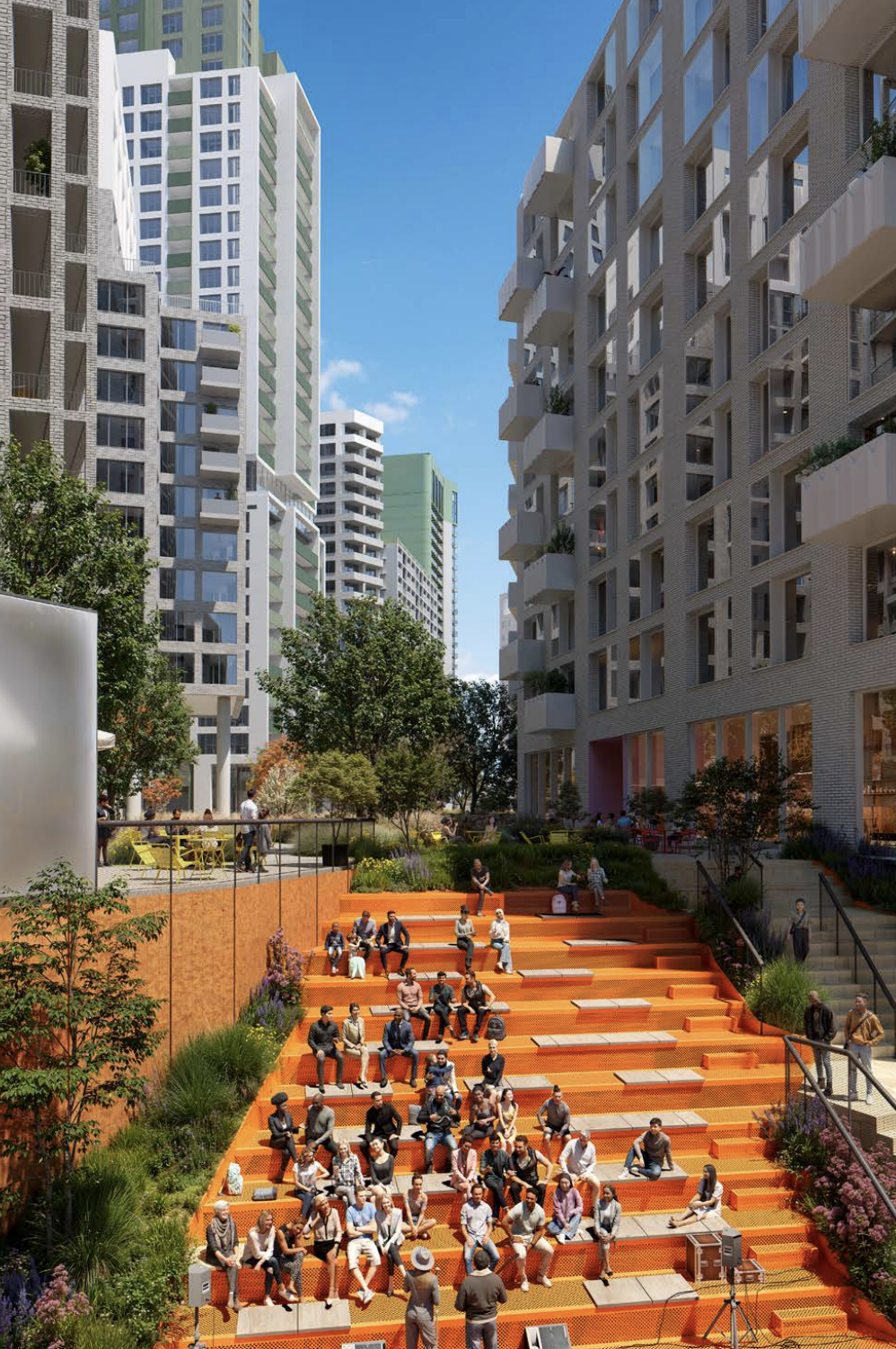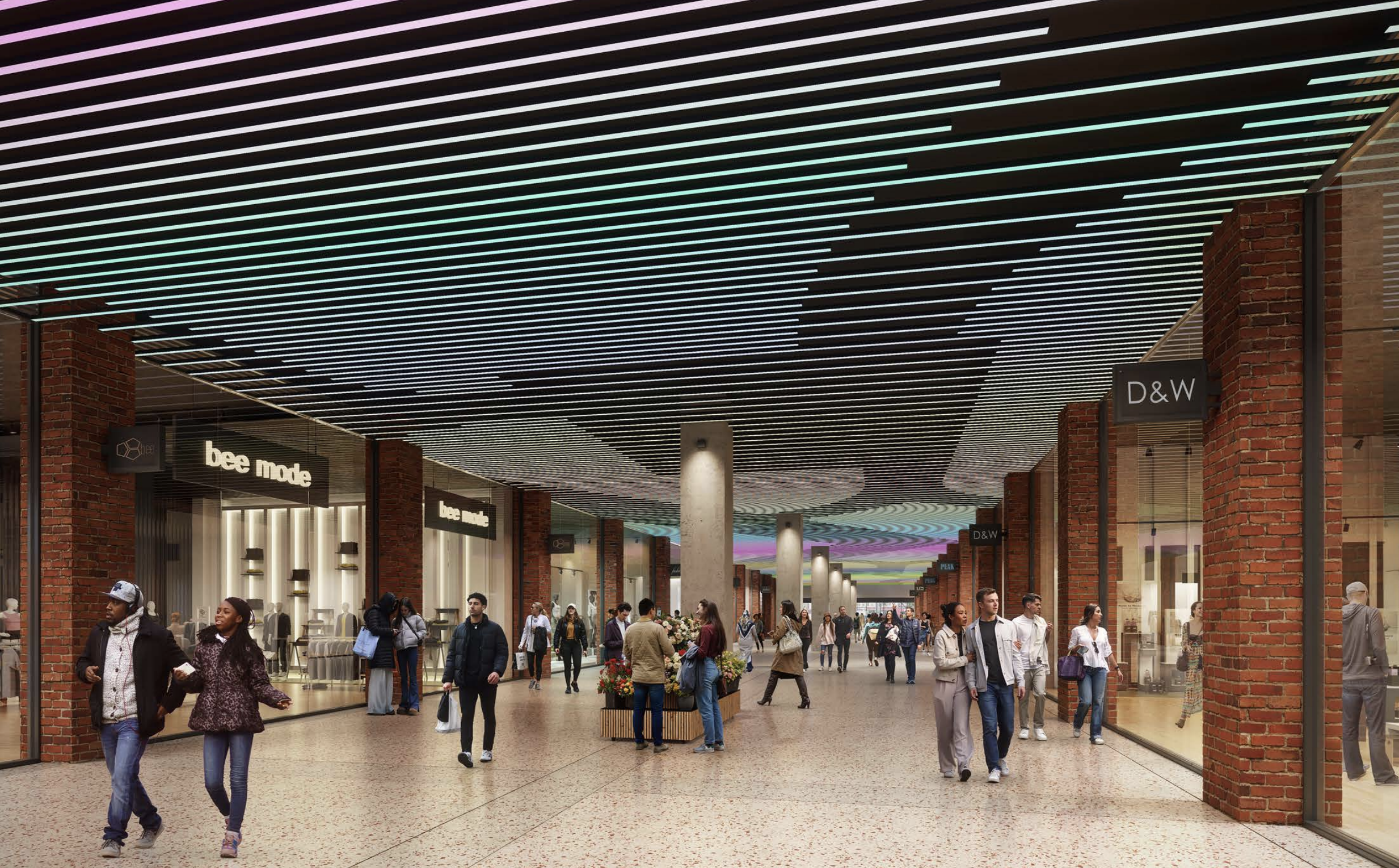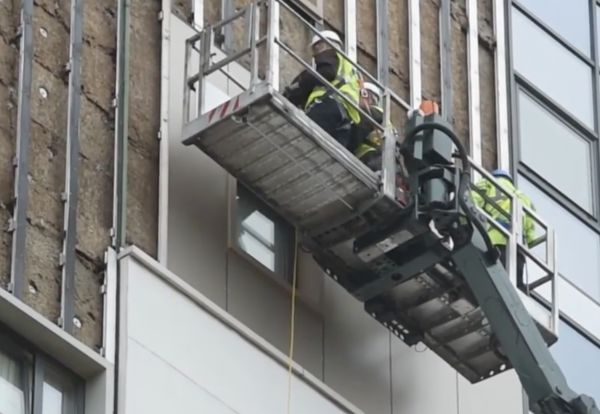The huge cost of widening the scope of buildings needing to fix fire safety problems beyond 18m tall to lower rise building of 11m height was revealed in a new report from the spending watchdog.
Between 9,000 and 12,000 buildings above this height are now estimated to need cladding retrofits.
More than 7,200 of those buildings are yet to be officially identified. And the NAO fears identifying and remediating this huge backlog could take many more years than the 2035 date presently plugged into Government spending estimates for the programme.
To make all these buildings safe could drag on into the next decade, leaving residents “living with the fear of fire and costly bills”, says the report.
Now the NAO has called on the Ministry of Housing, Communities and Local Government to set a hard deadline to complete works to all unsafe buildings.
Gareth Davies, head of the NAO, said: “Seven years on from the Grenfell Tower fire, there has been progress, but considerable uncertainty remains regarding the number of buildings needing remediation, costs, timelines and recouping public spending. There is a long way to go before all affected buildings are made safe, and risks MHCLG must address if its approach is to succeed.
“Putting the onus on developers to pay and introducing a more proportionate approach to remediation should help to protect taxpayers’ money. Yet it has also created grounds for dispute, causing delays.
“To stick to its £5.1bn cap in the long run, MHCLG needs to ensure that it can recoup funds through successful implementation of the proposed Building Safety Levy.”
The government significantly changed the types of buildings within scope for its programmes, and its approach to remediation, as the scale and impact of the cladding problem has become clearer.
Mandatory registration of high-rise buildings under the Building Safety Act 2022 has helped to advance works and identified nearly all of the high rise buildings at risk.
But there is no mandatory registration for the thousands more medium-rise buildings of 11m to 18m.
Of the 4,771 buildings now in the government’s sight – the equivalent of 258,000 homes – remediation work has yet to start on over half, with around one third complete.
Of all the 9,000-12,000 buildings estimated to be potentially in scope, work is complete for only 12-16%.
To keep taxpayer contributions within a £5.1bn cap over the long-term, the Government plans to recoup £700m through refunds from developers for remediation works already funded by the taxpayer, and around £3.4bn from the new Building Safety Levy.
In 2023-24 there were potential losses of over £500,000 through fraud by one applicant, which has led the MHCLG to tighten its counter fraud procedures in the management of the Building Safety Fund.
The NAO report also said the Government needed to do more to ensure that its policies were not working at cross-purposes.
The Government has accepted there may be overlaps between its remediation programmes and wider government priorities, from decarbonisation to building new homes.

